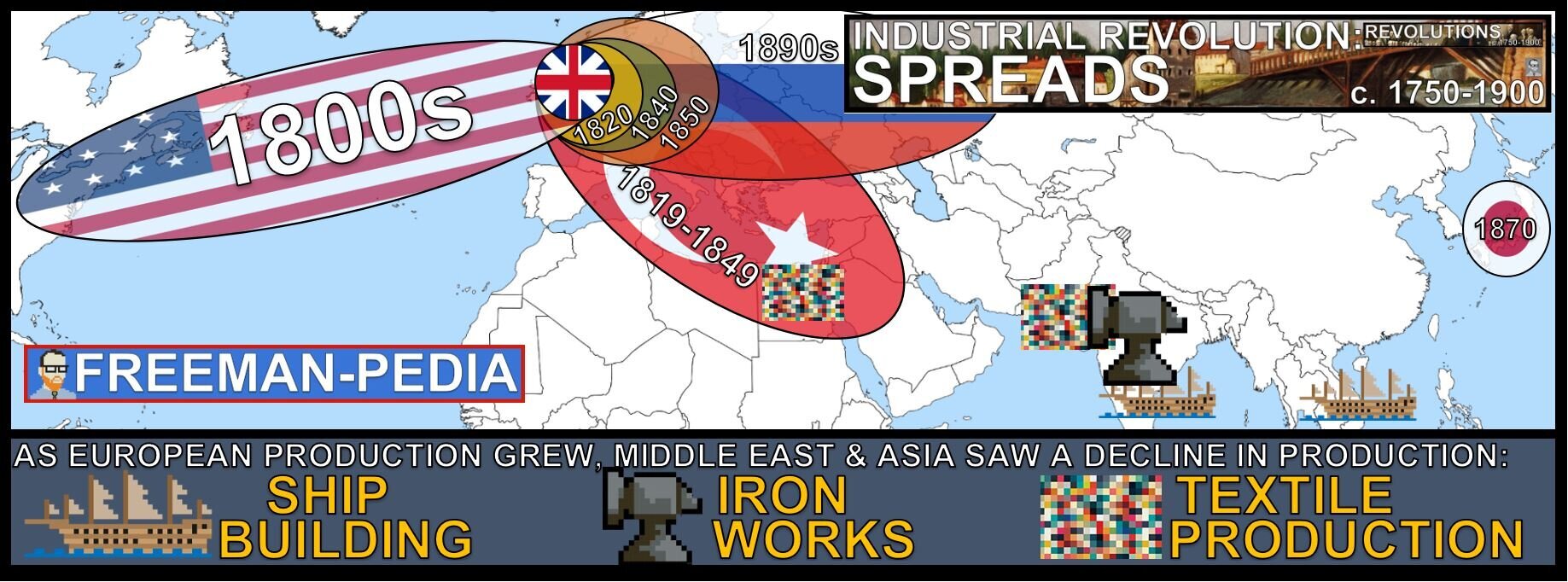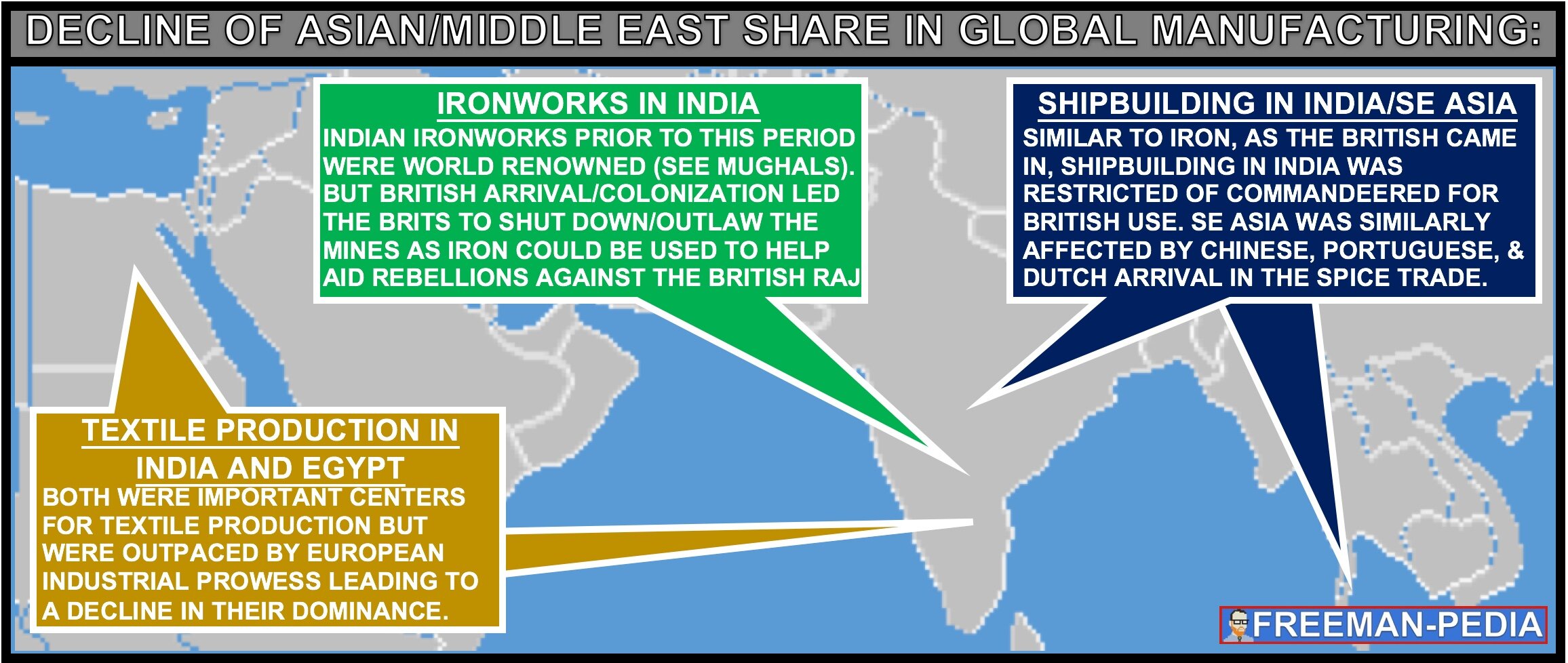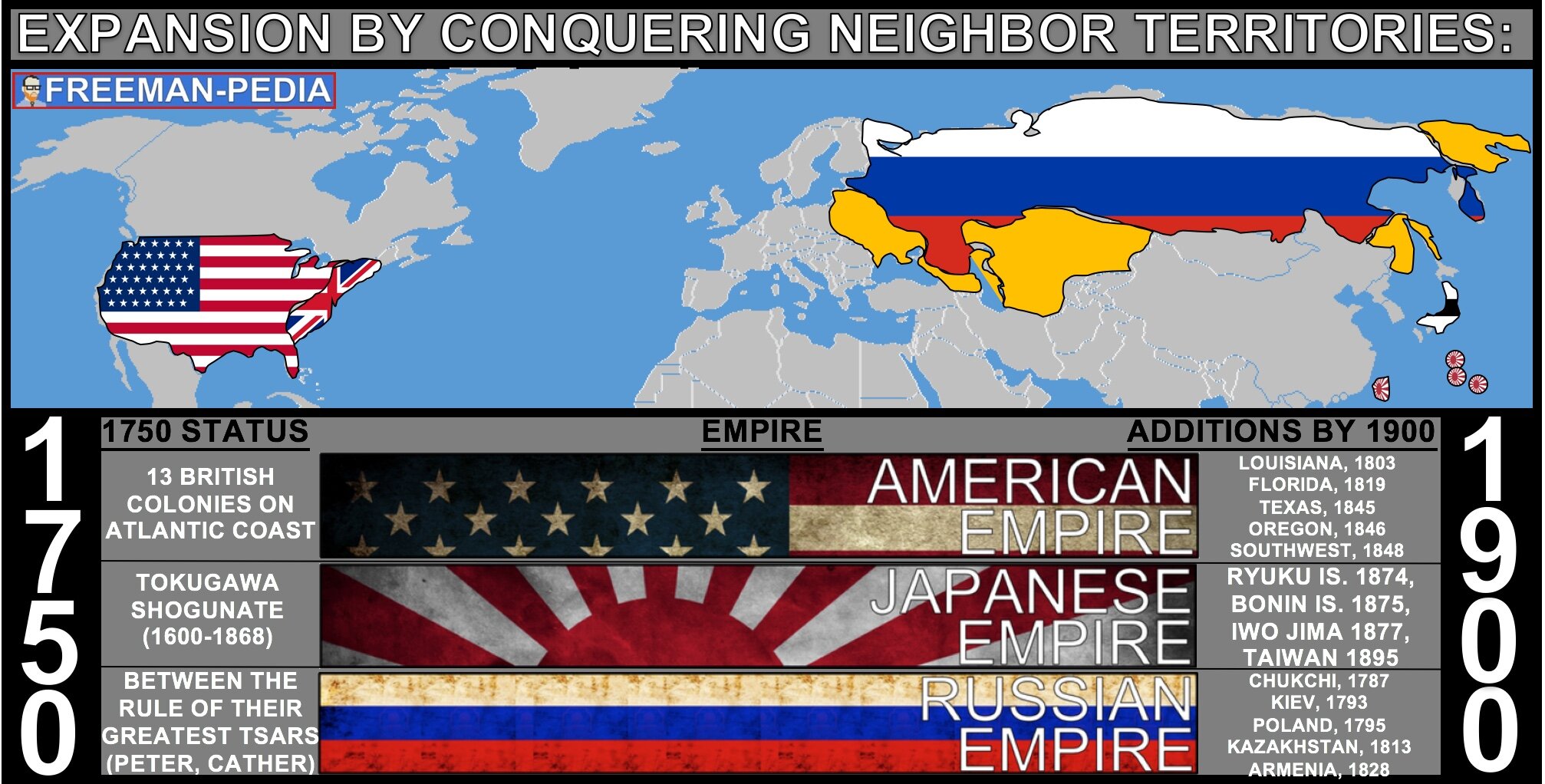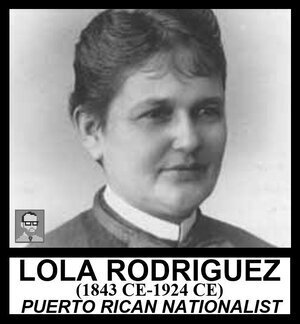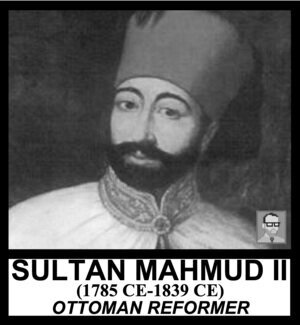The Modern Period in AP WORLD: MODERN covers from 1750-1900 CE. This is very heavy on economic, social, and political change. The next two of the nine units in AP WORLD: MODERN are featured in this time period. See the chart below for the exact weighting:
CLICK BELOW for pages dedicated to the TWO UNITS in this PERIOD.
Below are the ACTUAL STANDARDS provided by the College Board for what you have to know for the 1750-1900 CE Period:
The development of industrial capitalism led to increased standards of living for some, and to continued improvement in manufacturing methods that increased the availability, affordability, and variety of consumer goods.
A variety of factors contributed to the growth of industrial production and eventually resulted in the Industrial Revolution, including:
The development of machines, including steam engines and the internal combustion engine, made it possible to take advantage of both existing and vast newly discovered resources of energy stored in fossil fuels, specifically coal and oil. The fossil fuels revolution greatly increased the energy available to human societies.
The development of the factory system concentrated production in a single location and led to an increasing degree of specialization of labor.
As the new methods of industrial production became more common in parts of northwestern Europe, they spread to other parts of Europe and the United States, Russia, and Japan.
The “second industrial revolution” led to new methods in the production of steel, chemicals, electricity, and precision machinery during the second half of the 19th century.
The need for raw materials for factories and increased food supplies for the growing population in urban centers led to the growth of export economies around the world that specialized in commercial extraction of natural resources and the production of food and industrial crops. The profits from these raw materials were used to purchase finished goods:
The rapid development of steam-powered industrial production in European countries and the U.S. contributed to the increase in these regions’ share of global manufacturing during the first Industrial Revolution.
While Middle Eastern and Asian countries continued to produce manufactured goods, these regions’ share in global manufacturing declined:
Trade in some commodities was organized in a way that gave merchants and companies based in Europe and the U.S. a distinct economic advantage.
Western European countries began abandoning mercantilism and adopting free trade policies, partly in response to the growing acceptance of Adam Smith’s theories of laissez-faire capitalism and free markets.
The global nature of trade and production contributed to the proliferation of large-scale transnational businesses that relied on new practices in banking and finance.
Railroads, steamships, and the telegraph made exploration, development, and communication possible in interior regions globally, which led to increased trade and migration.
In industrialized states, many workers organized themselves, often in labor unions, to improve working conditions, limit hours, and gain higher wages. Workers’ movements and political parties emerged in different areas, promoting alternative visions of society.
In response to the expansion of industrializing states, some governments in Asia and Africa, including the Ottoman Empire and Qing China, sought to reform and modernize their economies and militaries. Reform efforts were often resisted by some members of government or established elite groups.
As the influence of the Industrial Revolution grew, a small number of states and governments promoted their own state sponsored visions of industrialization.
In response to the social and economic changes brought about by industrial capitalism, some governments, organizations, and individuals promoted various types of political, social, educational, and urban reforms.
New social classes, including the middle class and the industrial working class, developed.
While women and often children in working class families typically held wage earning jobs to supplement their families’ income, middle-class women who did not have the same economic demands to satisfy were increasingly limited to roles in the household or roles focused on child development.
The rapid urbanization that accompanied global capitalism at times led to a variety of challenges, including pollution, poverty, increased crime, public health crises, housing shortages, and insufficient infrastructure to accommodate urban growth.
As states industrialized, they also expanded existing overseas empires and established new colonies and transoceanic relationships.
Some states with existing colonies strengthened their control over those colonies and in some cases assumed direct control over colonies previously held by non-state entities.
European states, as well as the United States and Japan, acquired territories throughout Asia and the Pacific, while Spanish and Portuguese influence declined.
Many European states used both warfare and diplomacy to expand their empires in Africa.
Europeans established settler colonies in some parts of their empires.
Industrialized states and businesses within those states practiced economic imperialism primarily in Asia and Latin America.
The expansion of U.S. and European influence in Asia led to internal reform in Japan that supported industrialization and led to the growing regional power of Japan in the Meiji Era.
The United States, Russia, and Japan expanded their land holdings by conquering and settling neighboring territories.
Anti-imperial resistance took various forms, including direct resistance within empires and the creation of new states on the peripheries.
A range of cultural, religious, and racial ideologies were used to justify imperialism, including Social Darwinism, nationalism, the concept of the civilizing mission, and the desire to religiously convert indigenous populations.
The 18th century marked the beginning of an intense period of revolution and rebellion against existing governments, leading to the establishment of new nation-states around the world.
The rise and diffusion of Enlightenment thought that questioned established traditions in all areas of life often preceded revolutions and rebellions against existing governments.
Enlightenment philosophies applied new ways of understanding and empiricist approaches to both the natural world and human relationships; they also reexamined the role that religion played in public life and emphasized the importance of reason. Philosophers developed new political ideas about the individual, natural rights, and the social contract.
Nationalism also became a major force shaping the historical development of states and empires.
People around the world developed a new sense of commonality based on language, religion, social customs, and territory. This was sometimes harnessed by governments to foster a sense of unity.
Newly imagined national communities often linked this new national identity with borders of the state, and in some cases, nationalists challenged boundaries or sought unification of fragmented regions.
Colonial subjects in the Americas led a series of rebellions inspired by democratic ideals. The American Revolution, and its successful establishment of a republic, the United States of America, was a model and inspiration for a number of the revolutions that followed. The American Revolution, the Haitian Revolution, and the Latin American independence movements facilitated the emergence of independent states in the Americas.
Resistance by enslaved persons challenged existing authorities in the Americas.
Increasing questions about political authority and growing nationalism contributed to anti-colonial movements.
Increasing discontent with imperial rule led to rebellions, some of which were influenced by religious ideas.
Discontent with monarchist and imperial rule encouraged the development of systems of government and various ideologies, including democracy and 19th-century liberalism.
Discontent with established power structures encouraged the development of various ideologies, including those espoused by Karl Marx, and the ideas of socialism and communism.
Demands for women’s suffrage and an emergent feminism challenged political and gender hierarchies.
As a result of the emergence of transoceanic empires and a global capitalist economy, migration patterns changed dramatically, and the numbers of migrants increased significantly
Migration in many cases was influenced by changes in demographics in both industrialized and unindustrialized societies that presented challenges to existing patterns of living.
Because of the nature of new modes of transportation, both internal and external migrants increasingly relocated to cities. This pattern contributed to the significant global urbanization of the 19th century.
The new methods of transportation also allowed for many migrants to return, periodically or permanently, to their home societies.
Many individuals chose freely to relocate, often in search of work.
The new global capitalist economy continued to rely on coerced and semi-coerced labor migration, including enslavement, Chinese and Indian indentured servitude, and convict labor.
Migrants tended to be male, leaving women to take on new roles in the home society that had been formerly occupied by men.
Migrants often created ethnic enclaves in different parts of the world that helped transplant their culture into new environments.
Receiving societies did not always embrace immigrants, as seen in the various degrees of ethnic and racial prejudice and the ways states attempted to regulate the increased flow of people across their borders.
56?!?! There are 56 people to know in the Modern Period?!?! Yup. But, don’t think “oh no, I have to learn 56 people for this period.” Rather, think “this is way better than the 76 that are in the next period”. 😎













